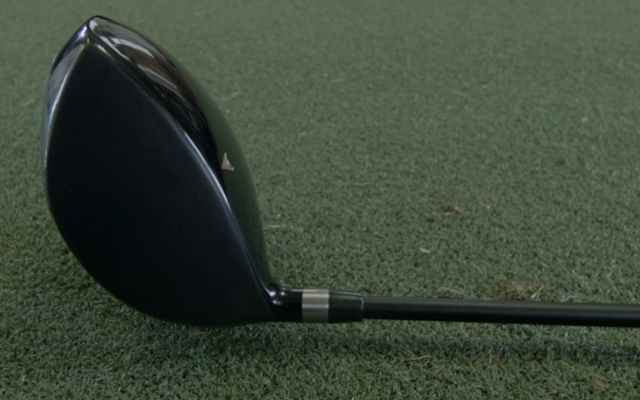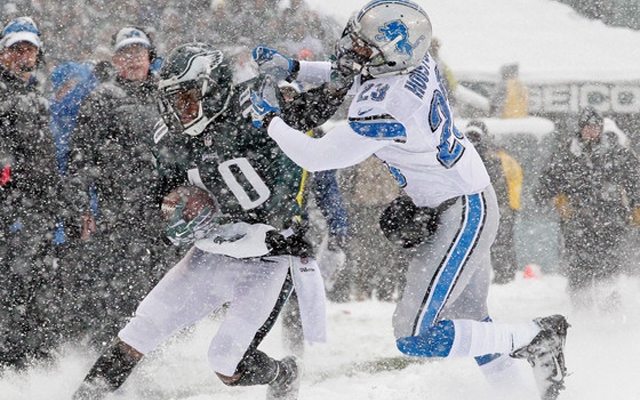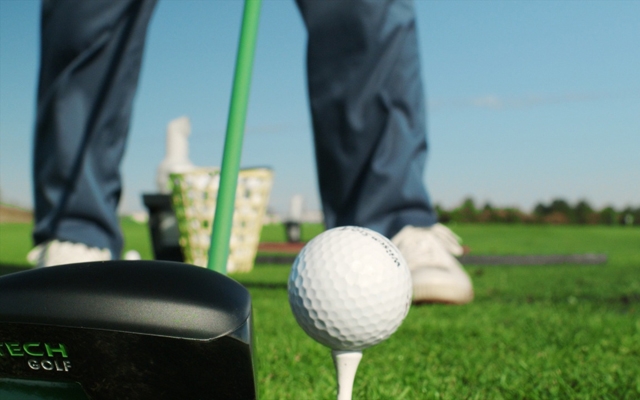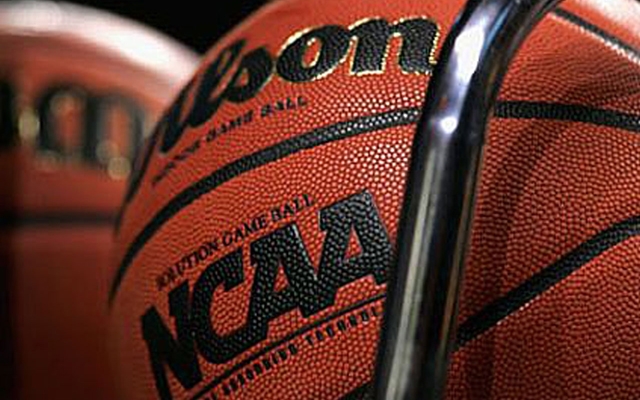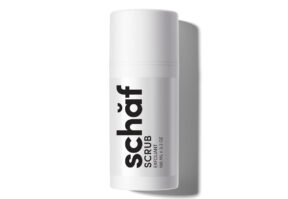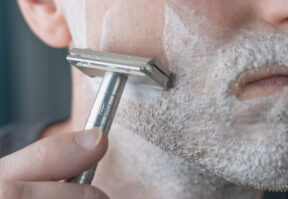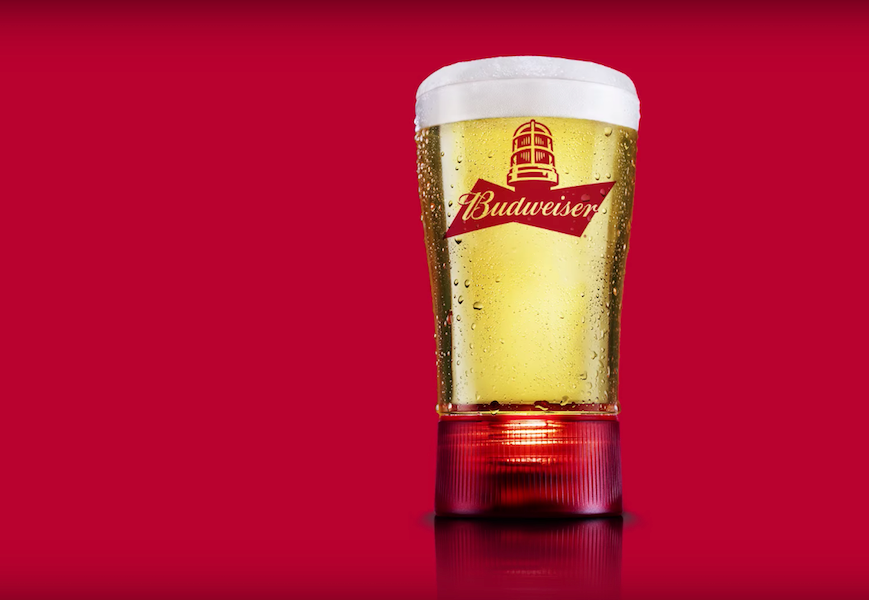This anthropomorphic driver appears poised to stalk into the tee box and stripe one down the fairway.
Typically when you pull a driver from your bag, the go-to phrase is: “time to let the big dog eat.” Just because this club projects a feline aura doesn’t mean you’re heading into the tee box bereft of a hokey yet handy catchphrase to encapsulate the moment. When hitting the Panther, we recommend switching to, “looks like the big cat is ready to roar.”
Hailing from Burbage England, the aim of this exotic club is surface friction reduction on impact. Clubmaker David Clark met his low friction mandate by utilizing polytetrafluoroethylene on the clubface. While that mouthful of materials science might as well be Klingon, anyone who has ever made an omelet has encountered PTFE. It’s best known by the trademarked name Teflon. DuPont’s non-stick surface has a very low coefficient of friction and in golf applications this translates to lessened horizontal sidespin, often the culprit behind hooks and slices. The clubmaker claims its efficiency boosting attributes prevented the USGA and the R&A in the UK from approving the design for use in competitive play.
Far from Fringe
Sporting goods makers have used Teflon in a range of products.Head made a tennis racket with the friction-reducing polymer in the grommets and it has also turned up in a wax for snowboards and skis.
While the hip hop cribbed, get scratch or die trying ethos implicit in L$D’s name and the use of Teflon made me skeptical, after hitting a bucket of balls my straight drive consistency was appreciably better toting this big stick and it has stayed in my bag since.
L$D also has a USGA conforming driver in their lineup with the L$D 18º. For 10.5 degrees swingers, that loft may seem extraneous, but for golfers who have trouble getting their balls up in the air the angle is a liftoff Godsend.

